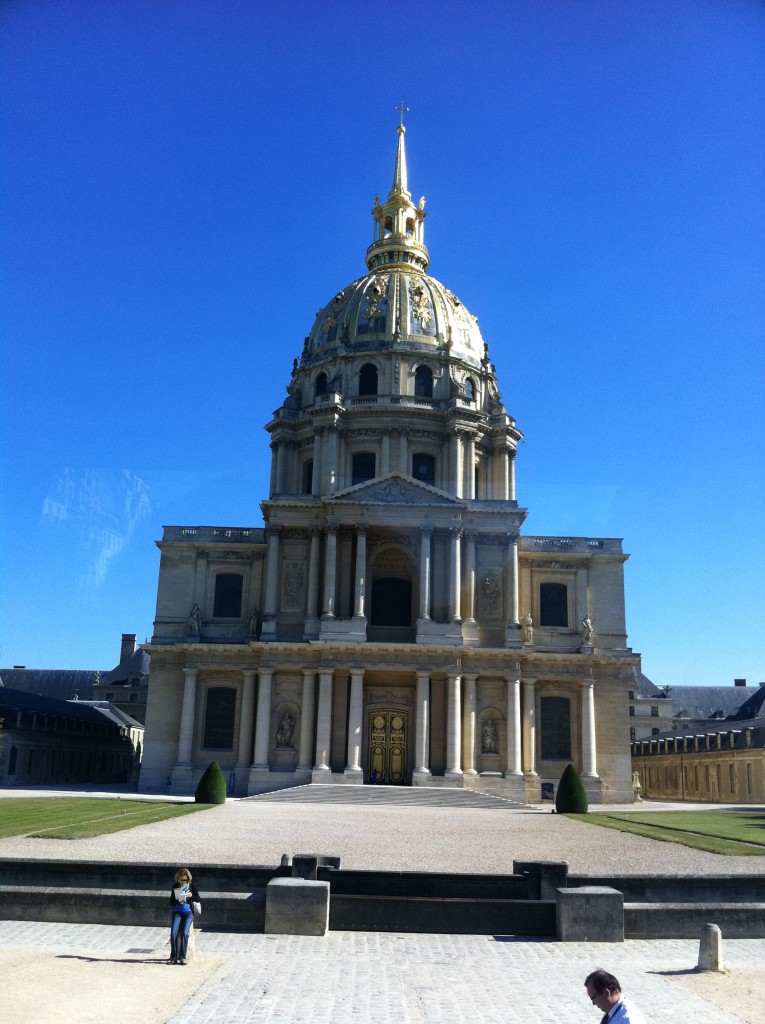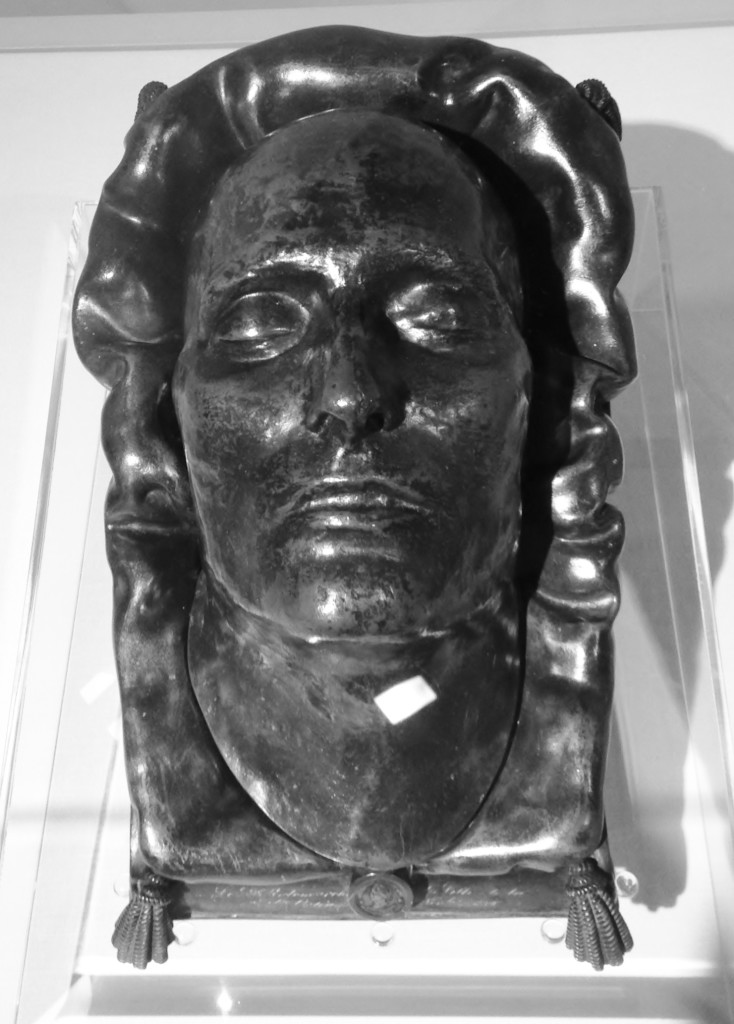
Napoleon Bonaparte’s tomb is at Les Invalides in Paris, but where else can his influence be found?
Photo credit: V. Laino
Enamored with the French Revolution on my visit to Paris, I pay scant attention to Napoleon during my time there. Stopping by at Les Invalides, I focus more on a car show on its grounds than to the tomb of the former emperor inside. It’s not until I visit Moscow and view his cannons that I begin to appreciate his boldness. How anyone could even think of conquering Russia mystifies me. I can understand being drawn to its resources, but the place is so vast I am astonished any of it is held together at all.

Napoleon left some cannons behind when the French fled Moscow. This cannon is in the Kremlin. Photo credit: M. Ciavardini.
It’s when the Brawny Sherpa is scolded for touching a cannon inside the Kremlin walls that turns out to have belonged to Napoleon’s army and was abandoned here when the French fled in October 1812 that I start reviewing French history in the early 1800s. Napoleon managed to enjoy Moscow for a little over a week in September 1812 before the city burned. Russians, working on the theory that it would be better to have the city destroyed than occupied by the French, started the fire, which got a bit out of control thanks to a dry summer and a city full of wooden homes.
I come across Napoleon again in the Cabildo in New Orleans, a city that has a bit more favorable memories of the French. His death mask was brought to New Orleans by Napoleon’s doctor, Francesco Antommarchi, who lived in the city in the 1830s. Death masks seem a bit macabre today, but they make more sense in the context of a time when there was no photography.
—Lori Tripoli
Interested in finding Napoleon? You might like these posts:


